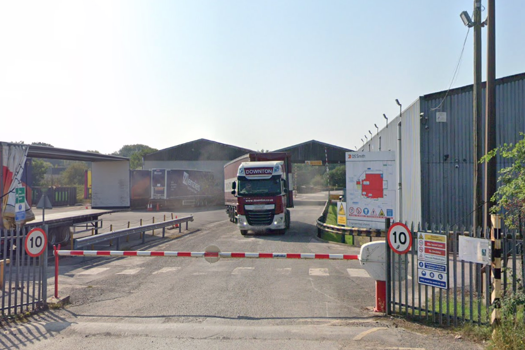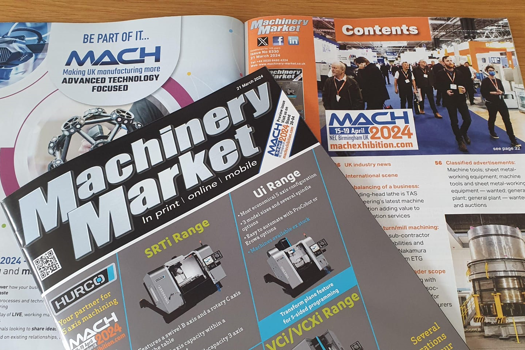This has the potential to be the sector’s biggest boon since the Credit Crunch and is the most positive news to have come out of the financial sector in the past two years from a print industry perspective.
In instigating the acquisition of his business by Five Arrows, Paul Coggins has established exactly what the print industry has been lacking – a mid-market firm to plug the gap between the high-street banks and the sub-prime lenders.
One of the big restrictions on credit has been the lack of funders in this space. Back in late 2006, there were still a few – albeit very few – lenders that were prepared to bridge that gap.
However, following the exit of the likes of Hitachi, which was probably the last of these mid-market lenders, the gap has opened up significantly. If you compare like-for-like fixed-rate deals in the current market then there is up to a 6% swing from the highest rate a bank would charge to an A1 credit rated client (and you’d have to be A1 rated to get finance direct from the bank in the first place) and the lowest rate you would be offered if you had to go to a one of the double-digit lenders.
The opportunity to plug this gap has always existed, but it requires a larger appetite for risk than the banks currently have and also the specialist knowledge to ensure that credit is only given where the rationale for the investment is sound.
In teaming up with Five Arrows, Print Finance has married its expertise with the Rothschild Group’s financial clout.
Coggins is absolutely right in his assessment that print is awash with companies that are fundamentally sound and in need of financial support in order to drive growth.
Without Rothschild’s backing, these businesses would be left with the choice of borrowing at prohibitive rates or waiting up to five years for the high-street banks to return to the sector.
Five Arrows deal could revitalise print lending

The withdrawal of credit has been a major and seemingly unsolvable problem that has dogged print for the past two years. Until this week that is, when Print Finance announced the entrance of a new funder in the form of the Rothschild-owned, asset-based finance company Five Arrows Leasing Group.









